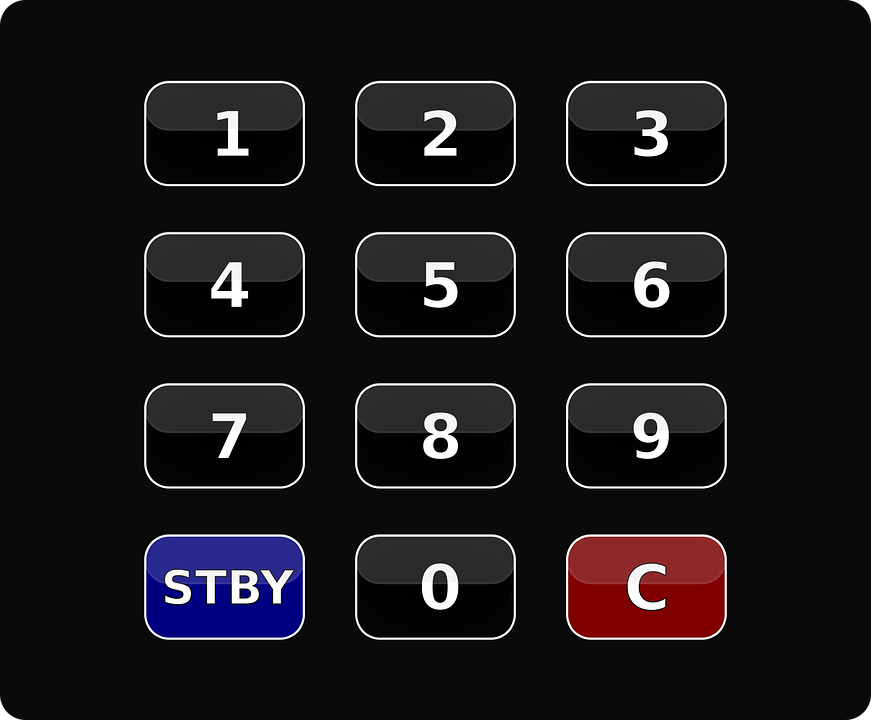
Have you heard of ultra-thin keypads? Like all keypads, they consist of multiple buttons, each of which controls a switch. Ultra-thin keypads are simply characterized by their thin design. They are thinner than other types of keypads. With their thin design, they are commonly used in devices that require a low profile. Here are five facts about ultra-thin keypads.
#1) Made via PC Injection
Ultra-thin keypads are typically made via polycarbonate (PC) injection. PC injection is a molding process. It involves heating raw PC material and then injecting it into a mold cavity. Once the PC material has cooled, it’s removed from the mold. Ultra-thin keypads are available in different shapes and specifications, but most of them are made via PC injection.
#2) Inexpensive
Many businesses prefer ultra-thin keypads because of their low cost. Ultra-thin keypads cost less than many other types of keypads. This is due in part to their lack of metal. While other types of keypads may feature stainless steel or aluminum, ultra-thin keypads do not. As previously mentioned, they are made of PC material, which is a type of plastic-like polymer. Thanks to their use of PC, ultra-thin keypads are inexpensive.
#3) Surface Coating Hardness Up to 1H
Ultra-thin keypads offer a surface coating hardness of up to 1H. Surface coating hardness, of course, is a measurement of how hard (or soft) the surface of a project or material is. With a surface coating hardness of up to 1H, ultra-thin keypads can feature a hard surface.
#4) Resistant to Abrasion
You don’t have to worry about ultra-thin keypads sustaining scratches or other forms of superficial damage. They are resistant to abrasion. PC is a durable and strong material. And because ultra-thin keypads are made of PC, they retain these same properties. Ulta-thin keypads are durable, strong and resistant to abrasion.
#5) Available With Backlighting
Ultra-thin keypads are available with backlighting. Backlighting, of course, consists of a lighting system. Many devices feature backlighting. You can find backlighting in TVs, monitors, smartphones and even keypads. Some ultra-thin keypads even have backlighting. Light-emitting diode (LED) backlighting is commonly used as backlighting for ultra-thin keypads.
In Conclusion
Upon hearing the term “ultra-thin keypad,” you may assume that it’s the same as any other keypad but with a thinner design. While ultra-thin keypads are, in fact, thin, they are distinguished from traditional keypads in several ways. Ultra-thin keypads are made of PC material, which is injected into a mold cavity. They are also inexpensive, offer a surface coating hardness of up to 1H, resistant to abrasion and are available with backlighting.
